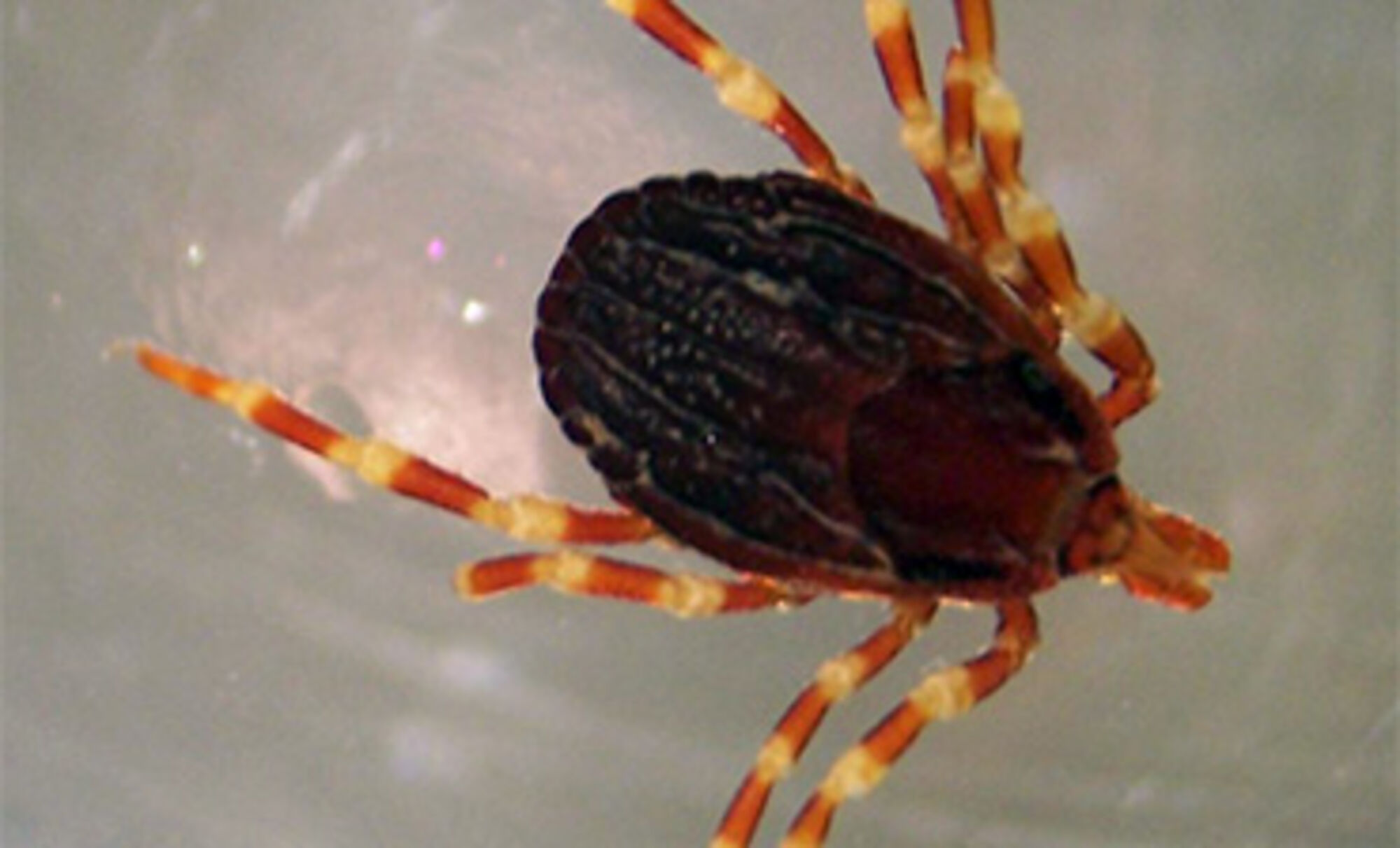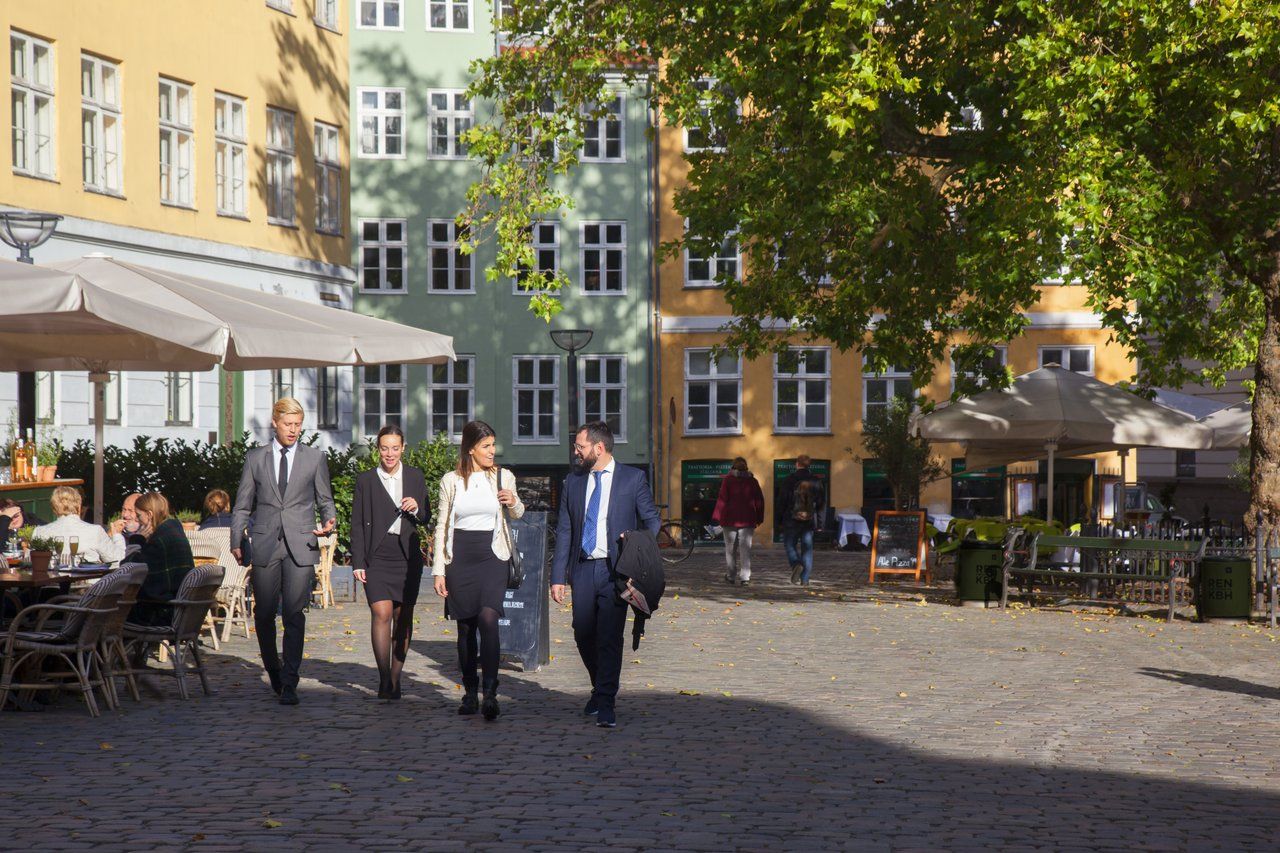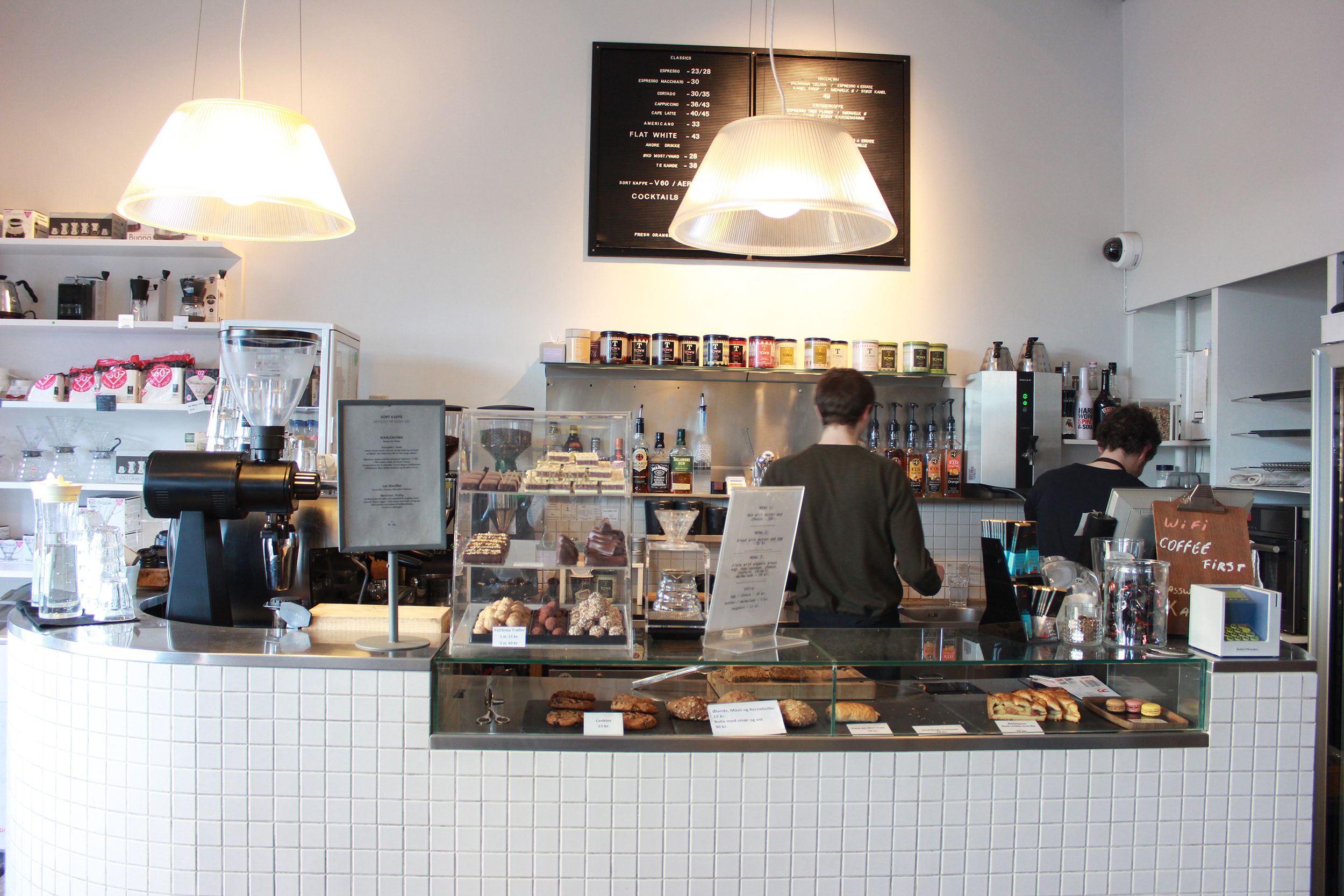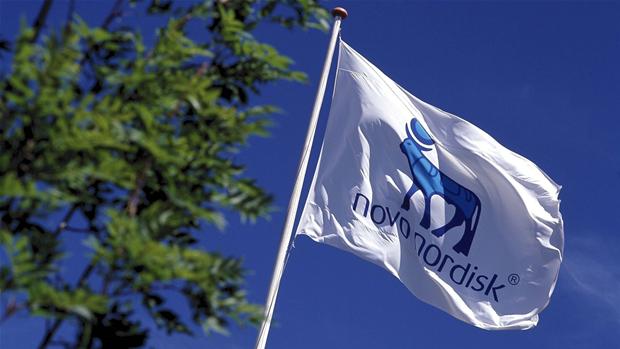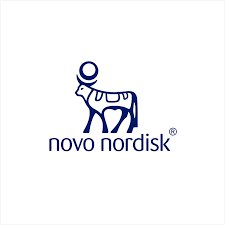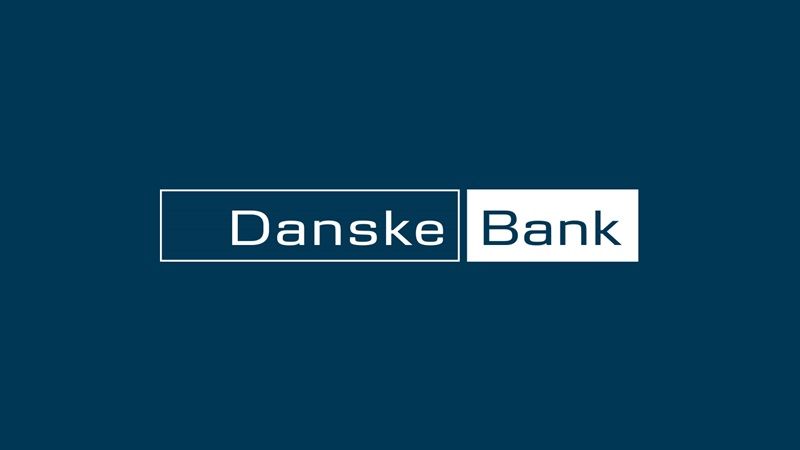Aarhus municipality has announced that it will no longer spend money on cleaning up chewing gum stains on pavements, citing concerns that it is costing them too much money.
Chewing gum, which is made from synthetic rubber, takes a notoriously long time to break down – stains can last up to five years and are extremely difficult to remove.
10 bucks a blob
With help from Copenhagen municipality, Aarhus municipality has calculated that it costs an average of 10kr to remove a single stain of dried chewing gum.
Since pavement slabs in some of the busier streets of Aarhus have anywhere from 20-30 stains per slab, cleaning operations are expected to cost millions of kroner.
“It costs a lot of money. And when we have removed them, it will not take long before they are replaced by new blobs. So we think it would be more fun to use municipal money on something that is a benefit to the public,” Kim Gulvad Svendsen, Head of Operations at Aarhus municipality, told Ekstra Bladet.
According to Keep Denmark Clean, every fourth piece of material thrown on streets is a piece of chewing gum.




